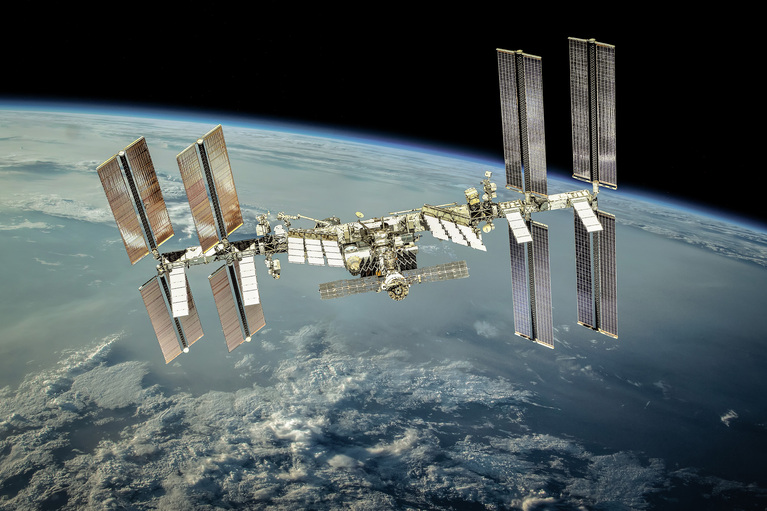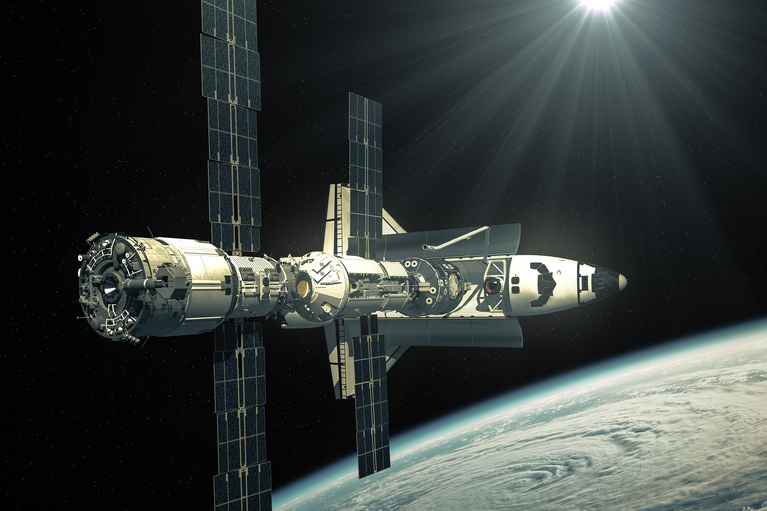
Power delivery networks for New Space
Space is an unforgiving environment demanding flawless reliability. Vicor radiation-tolerant power modules are proven to withstand the rigors of New Space
Terrestrial internet bandwidth can’t keep up with pace and scope of today’s connectivity demands. So services are being pushed to New Space, where scores of LEO and MEO satellites are being deployed rapidly to achieve global coverage.
By Rob Russell, VP of Satellite Business Unit
Satellite manufacturers competing in the “New Space” arena are tasked with providing solutions that will enable a 20X increase in internet bandwidth over the next 10 years. The challenges to designing, developing, and launching satellites to meet this demand are enormous. One major hurdle is the dueling requirements for shrinking satellite size while concurrently improving throughput. One of the most difficult problems to solve is powering advanced, high-current communications ASICs. To achieve this leap in throughput demand, satellite power designers must deliver 20X – 30X more current to the load than legacy systems can provide, while simultaneously reducing the size, weight, and cost of the power delivery network (PDN). These requirements will forever be at odds and will continue to escalate in the foreseeable future.
Vastly improved power density helps solve this problem for New Space low-earth-orbit (LEO) and mid-earth-orbit (MEO) satellites in the form of power modules that deliver high current for today’s AI-driven computing environments. Combined with demonstrated radiation tolerance, they are a perfect fit for the critical needs of the burgeoning LEO and MEO satellite market.
With a 100V to 0.8V solution that is five times more power-dense than the next best competitor, and an efficiency that provides up to a 50 percent reduction in power losses, this new generation of PDNs provides unparalleled capability for developers of satellite communication systems who need to reduce size, weight, and cost to meet stringent mission requirements.
This article was originally published by Electronics Media.
Rob Russell is currently the Vice President of Satellite Business Development and has worked at Vicor Corporation for over 10 years in various strategic marketing, product marketing, and business development roles. He has over 29 years of sales and marketing experience in the electronics industry. He earned both his BSEE and MBA at the University of Massachusetts. Before Vicor, he worked for Power-One as the Vice President of Product Marketing and Director of Global Strategic Sales.
Rob Russell, VP of Satellite Business Unit
Power delivery networks for New Space
Space is an unforgiving environment demanding flawless reliability. Vicor radiation-tolerant power modules are proven to withstand the rigors of New Space
DC-DC converters for NewSpace applications
Smaller satellites harvest less energy using a modular approach to minimize I2R distribution losses, maximize efficiency and improve transient response
For New Space satellites, radiation tolerance means new design hurdle
Vicor power modules are power dense, reliable and scalable. Furthermore, there are multiple benefits of soft switching in radiation-tolerant power systems
60th Annual AOC International Symposium & Convention
The premier EW and Radar technology event of the year




